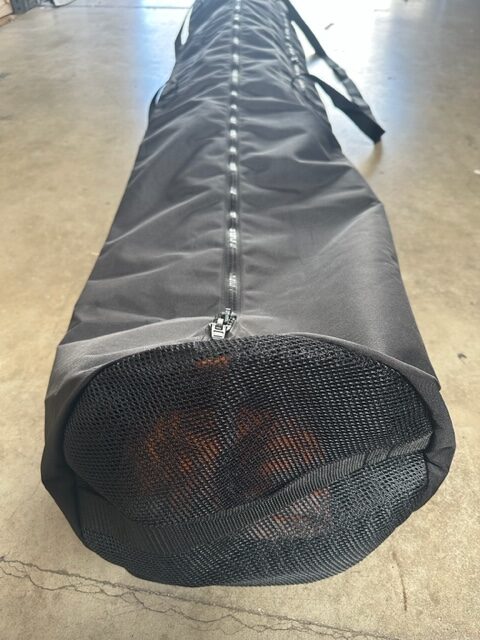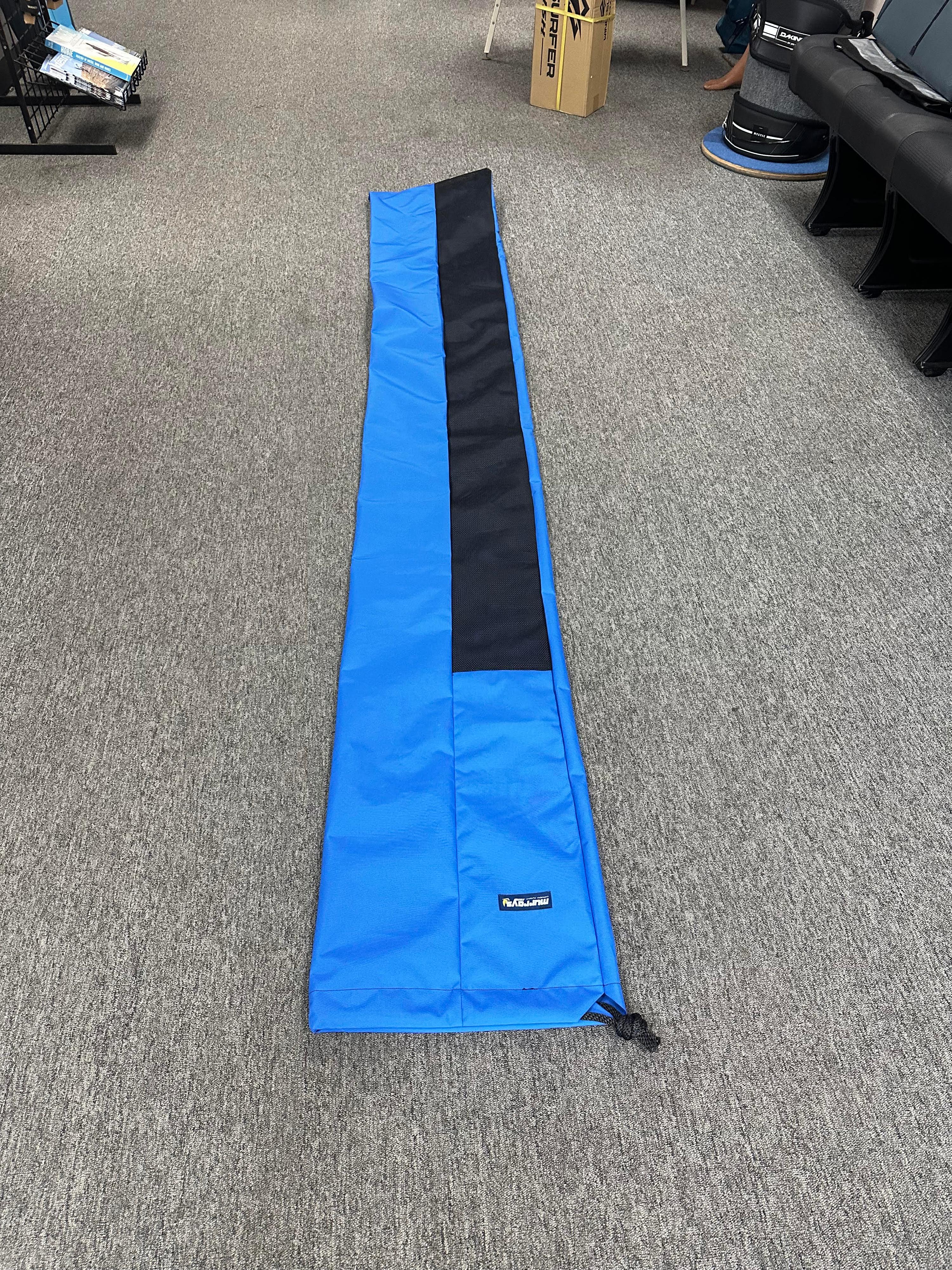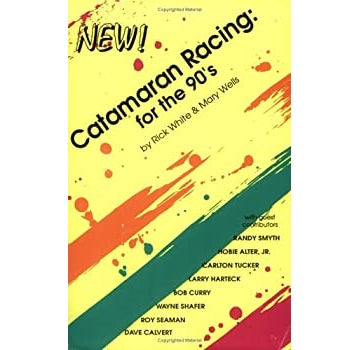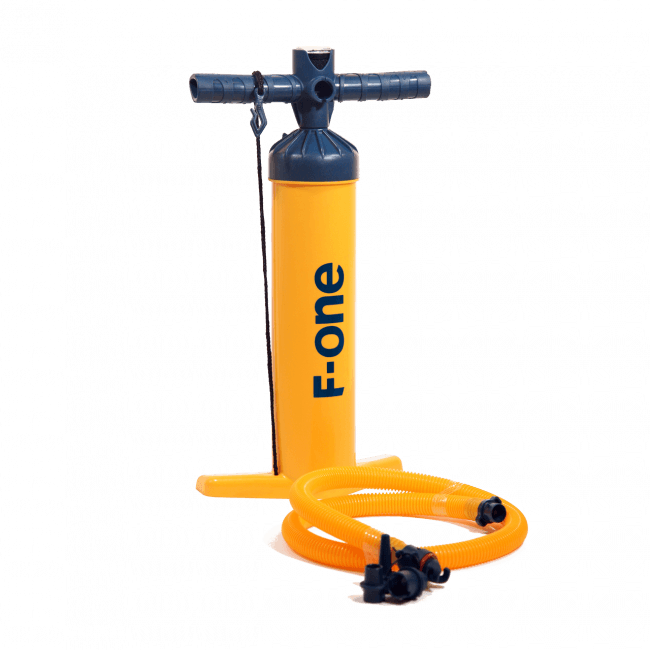Sailing Gear! What to wear in 2023?

Introduction
This is a general guide to current gear recommendations for beach cat sailing. We've had guidelines for decades, but gear offering changes. If you're new or haven't looked in awhile, here are some of the current product offerings for people around the United States. Of course this info applies worldwide, but some of our geographic knowledge is a bit limited. This guide is mostly for recreational or light competition. If you're a top level foiling sailor, the gear gets very specific and we can talk about that in another write-up.
Warm Climates: Vests, Gloves and Harnesses
Some of the most common places to find a beachcat sailing is down in the south or midwest during the summer. Warmer climates mean that sailors aren't worried about hypothermia or taking a plunge! The basic gear you need is some sort of vest and gloves. Our favorite USCG vest is still the Stohlquist Edge. The vest has been around for a long time, it's made for kayaking, so can be a bit bulky. The advantage to that is that it's short! So the squatted/ seated position that we commonly find ourselves in, is not an issue. The seated position is similar to the way kayakers sit. This keeps the vest from riding up into your chin, event with a sailing harness on. Many sailors are using some of the Euro vests available with a 50N rating. These are generally safe, but do not offer as much buoyancy as the USCG approved vest. Additionally, if law enforcement wishes to challenge you, you have no recourse. Many racing venues and classes have a rule modification that indicates that such a vest is not a protestable offense. The issue is not as dramatic with competent sailors and support on the water. However, you are still subject to local regulations... so be safe and make good choices.
Gloves are a personal preference, some people don't wear them, some like partial fingers, and some prefer the 3 finger gloves. I like to sail in big breeze and prefer a three finger glove with the index and thumb cut off. This makes it easy to adjust rigging and tie knots. My preference has been the Forward WIP glove with a silicone pad on the back that offers some support for the skipper to wrap the mainsheet around their palm. The glove has been out of production for a few years with the promise of a new one coming soon. The next best would be the Ronstan 3-Finger Sticky Gloves. The gloves went through a re-design a couple years ago and offer improved durability. The big thing for warmer climates is that they don't retain water. There are some nice gloves from Rooster and Magic, but they don't dry as fast and end up smelling. There are cheap gloves available, they tend to have stitching at load points that lead to blisters or sores, or don't have enough reinforcement and the padding and stitching come apart. Like anything, sailors come in all shapes and sizes... so find something that fits your hands!
Harnesses are hard... My personal preference is a full harness with leg straps and back support. I've got a Forward Light harness version 2.0 which was developed by Forward WIP and Murrays based on the Murrays Full Race harness that has been out of production for about 10 years. There are light battens in the back that offer back support and adjustable leg straps to remove the load from the sailor's groin. There are a bunch of sailors that prefer a "knappy" style harness such as the Zhik T3. When I talk to people about gear it comes down to your body size and shape, and the sailing that you do. If you sail in light air and don't spend a lot of time in the harness, the best option is the Murrays Half Race Harness. This is because you'll spend more time crawling around the tramp and a full harness gets in the way. It's light and easy to put on or store on the tramp if you're not using it and fits most people easily.
If you have a slender build and moderate to high breeze, you'll likely prefer a knappy harness. If you have a smaller butt, you don't need as much support and it's easy to get in and out of the harness. Minimal harness is easy to get in and out of and has less stuff to snag on as you move around the boat.
If you've got a bigger butt... you need that full harness with the leg straps. Some of us need to adjust the straps each time, and the "knappy" harness just doesn't have any way to get around the anatomy. The Forward Light or Magic Pro Harness are the best at the moment. There are some rules coming down the pipe for releasable hook, so the Magic Harness edges out. The main difference between the Magic Pro and the Magic Smart, is that the Magic Pro Harness spreads the leg straps out more and allows for a bit more adjustability. The Magic Smart Harness works great too if you're on more of a budget. The magic releasable hook is, hands down, the best on the market. The last category is for larger sailors. Most of the industry includes small webbing straps and for sailors above 250lbs the webbing straps don't offer enough support. There is a larger harness call the Forward EXO harness. It was the first crack at the updated Murrays Harness, but ended up being quite heavy and stout. This works out great if you're a larger sailor or tall and large. The harness features leg straps and a large back pad that can be adjusted to your body shape.
Colder Climates: Wetsuit, Spray Top, Booties!
So this guide will kindof build on itself. As the seasons change, those warm climates get chilly, or for many of us, the water never warms up and wetsuits are a year-round thing. The Murrays Go-To has been coupling a farmer john wetsuit with an adequate spray top. Our preference is a 3mm john with some sort of spray top, this allows you to layer as it gets colder or windier. The Ronstan Skiff Suit is a great product at a moderate price. We have some Stohlquist johns and women specific janes suits that come in at the economic offering. Forward WIP has some nice johns with reinforcment in the knees and shins but pricing and availability has been challenging. We've been happy with what we've seen from Rooster with male and female specific johns. They offer a 2mm and 4mm product with some fantastic build quality.
Spray tops come in all shapes and sizes these days. Our two top picks are the Ronstan Breathable Smock and the Rooster Pro Lite Aquafleece Top. The Ronstan top is the lightweight pick. It packs down small and has been a staple in our offering for years. They hold up, and maintain the water resistance for a long time. The Rooster Pro Lite Aquafleece Top features a loose neck with their Aquafleece liner instead of a zipper or velcro neck enclosure. This provides a solution for sailors that can't stand things around their necks! The build quality is great, but the tops tend to be a bit heavier.
Booties! Low Cuff, High Cuff, split toe, barefoot or deck shoe? There are different design goals across the board. For us, the priority should be grip and flexibility. Beach cat sailors are crawling on the tramp, walking on uneven surfaces and trying to maintain grip while trapezing. The Ronstan Superflex Slipper or the Forward low cuff bootie 2.0 are nice for a barefoot feel with moderate warmth. The Ronstan Superflex Slipper features some material between the big toe that offers better grip, and some improved side grip. There is also a Mystic Marshall Split Toe Shoe. The fits are similar. The Forward boot is designed for a barefoot feel, so the grip will wear out sooner and it doesn't have as much side and top grip. The ronstan is more of a shoe. The Mystic bootie is designed for board sports, so it offers some nice grip, even if you're foot is on its side. High Cuff boots are generally our preference. The higher cuff offers protection against the hiking strap for those that use it. The high cuff also keeps sand out of your shoe when launching from a beach. The High Cuff booties generally have a stiffer sole too, for walking over gravel or beach debris. The top two right now are the Pro-Laced Ankle Strap Boots by Rooster and the Ronstan Race Boots. The Rooster offering is a bit better for wider feet, and the lacing can help ensure your foot is secure, but the lacing can also snag on the boat. The Ronstan offering is solid with a side zip that stays low profile and minimal snag risk. Both boots feature top padding for sitting on your feet, hiking etc. They also have nice grip up the sides and toe of the boot for grip in challenging circumstances.
The best thing about the john/ spray top setup, is that you can layer a thermal under the spray top, or a rash guard, or whatever warmth adjustment you need. If it gets warm, you can take off the top. Flexibility means less time fussing and more time on the water!
Cold and Soggy Climates
Soggy and cold! In the past I've loved my Forward Semi-Dry. Pricing has bumped those up to full on Dry Suit status. You can layer spray tops over full wetsuits, or add a neo top to the previously discussed ensemble. I find that a full wetsuit is generally never a great option. If it's cold enough that the john doesn't work, you need more layering, and by the time you get to 4mm or 5mm wetsuit, it becomes too bulky. We don't have a strong dry suit offering. The Ocean Rodeo Ignite suit was a fantastic option, but we haven't seen what's become of that since Ocean Rodeo sold the line to Mustang Survival Gear. I haven't been impressed by the sailing gear produced by Mustang. Hopefully they keep it as is or improve it. There are some great suits made by Kokitat, that provide long service life and are usually available from more kayak or whitewater shops. Stohlquist offered some great economical dry suits, but that became challenging around the covid supply chain collapse. Hopefully those come back as well!






